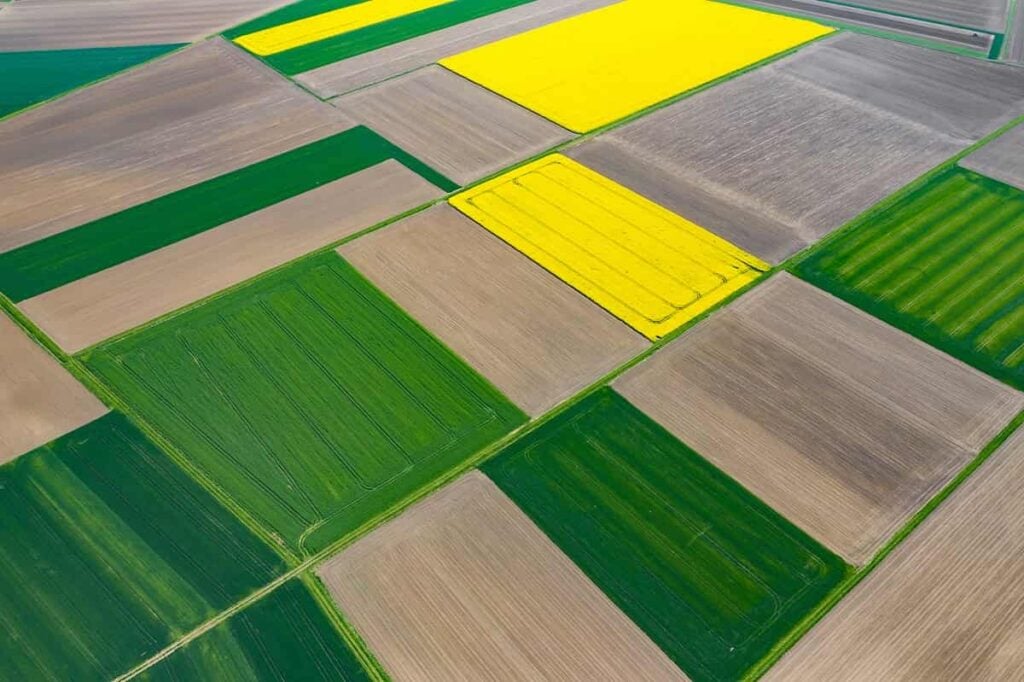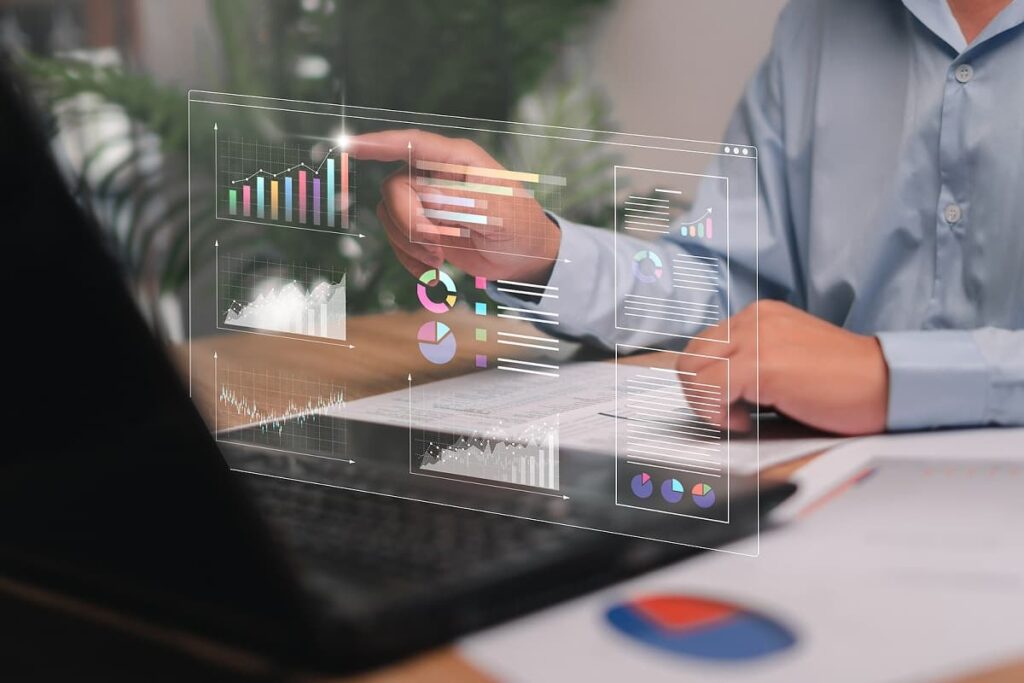Is Geospatial Data a $100 Billion Business for SafeGraph?
Table of contents

Did you know that 90% of the data in the world today has been created in the last two years alone? What’s even more mind boggling is that less than 1% of that data has ever been analyzed. Why is this important? Well, research has shown that artificial intelligence (AI) algorithms are only as good as the delicious sets of big data you feed them. This is why Google may very well create Mark Cuban’s trillionaire with their Deepmind technology. If they successfully manage to “organize the world’s information and make it universally accessible and useful” then they should be able to use that data to train the best AI algorithms anywhere. While Google may have access to an incredible amount of data, other companies are looking at getting a piece of that pie. Think about all the drivel social data exhaust that Facebook generates every day. Then think about how much data your smartphone knows about you, in particular, geospatial data.
What is Geospatial Data?
Last year we came across an interesting startup called “What 3 Words” that decided to split the entire surface of the planet into 57 trillion squares of 3 yards by 3 yards and then named each square with 3 words. So for example, if you were at the Statue of Liberty and wanted to have something delivered to you then you would use the words “planet.inches.most“. That’s an example of “geospatial data”.
Geospatial data or geodata is data that has explicit geographic positioning information included within it, as in the case of the 3 words example we gave. Every time that smartphone that never leaves your side pings a cell phone tower or satellite, it contains the location where you are at. This is why any criminal with common sense will take the battery out of their smart phone before committing a crime. Those are the sorts of valuable insights we offer up here at Nanalyze.
Geospatial Data and Location Data
For the purposes of this article, we’re going to focus on geospatial data that tracks the movement of humans. You probably won’t find many Americans who don’t carry smartphones so the context of this article will be the United States. You might think to yourself “there is no way that someone can track my location without a search warrant” and you’re probably right. What they can do though is track anonymous location data at an aggregate level. We touched on this topic in an article last year titled “3 Big Data Companies That Are Watching You” where we talked about companies like StreetLight which “contextualizes anonymous location data from mobile devices to measure population mobility patterns“. The movement of people is useful but only if you can then start to attach additional attributes to the data. This brings us to a company called SafeGraph.
Geospatial Data and SafeGraph

Update 03/16/2021: SafeGraph has raised $45 million in Series B funding to grow much faster which includes international expansion This brings the company’s total funding to $61 million to date.
One reason you should take that $100 billion number seriously is because Mr. Hoffman has been building companies and selling them for a long time now. Although his dark past involves contributing over at the Huffington Post, it seems like he was eventually able to turn his life around. His last startup was a marketing technology firm called LiveRamp which also took in $16 million in funding then sold for over $300 million. Mr. Hoffman counts Peter Thiel as a long-time mentor and friend who also invested in both SafeGraph and LiveRamp. In fact, almost the entire executive team at LiveRamp invested in his new venture alongside lead investor IDG ventures and our favorite guy Bryan Johnson of Kernel. Some of the people he has enlisted as policy thinkers include:
- fmr U.S. House Majority Leader
- fmr Deputy Chief of Staff to President Obama
- fmr Japan Senator
- fmr German Minister of Defense
- fmr head of Saudi Intelligence
If you want to feel completely inadequate about your ability to network in your professional career, you can read the entire list of people who are involved in SafeGraph in one way or another. The key takeaway here is that SafeGraph is going places in a hurry.
So What Can SafeGraph Do?
Now normally this is where we would have realized that because the SafeGraph corporate website doesn’t really contain any useful information, there wasn’t really an article to be had, and we would have gone back to nursing our 4/20 hangovers. Fortunately though, we came across a post on Medium that was remarkable to say the least. The article was written by a data scientist named Ryan Fox Squire who, in addition to finishing his PhD in Neuroscience at Stanford, also finds time to build the SafeGraph product.
Regular readers will know that the last thing you will ever read on Nanalyze is the sort of politically motivated drivel that has all but saturated today’s media, so take this next factoid as an example of the technology and not politically motivated in any way.
So apparently after President Trump was inaugurated they had a big party and around the same time, tons of women came together on the streets all over the country to do their own form of celebrating. Using SafeGraph technology, Mr Squire was able to determine that inauguration attendees made significantly less money than Women’s March attendees. Check this out:

All those dots represent anonymized GPS data from mobile devices at the inauguration. There is also a similar map for the Women’s March as well. (Apparently they found out that 2% of attendees at the Women’s March also attended the Inauguration.) SafeGraph was then able to identify home zip codes based on where the devices spent the majority of their time. Here’s what that looked like:
Not only that but SafeGraph was also able to tell how many visitors came to Washinton D.C. in total throughout the entire month and where they came from. Not only that, but they were able to see what they had for lunch:
That’s right, ladies and gentlemen. That smartphone that you carry everywhere you go can now be used to generate all kinds of useful information for marketers. Your income can be derived from the zipcode you live in. Your political affiliation can be derived from which events you attended. Your food preferences can be derived from the restaurants you frequent. Your hobbies and interests can be derived from the sort of sporting events you attend or recreational venues you frequent. It’s all being stored and saved away, right now as you are reading this.
Conclusion
In the next year, SafeGraph wants to be “the best company for urban planners, retailers, academic researchers, marketers, investors, and many more to understand population movement patterns“. All of this information can be extremely valuable to companies that are trying to make better decisions. Now attach some machine learning algorithms to that data and it might be worth billions – maybe even $100 billion.
Sign up to our newsletter to get more of our great research delivered straight to your inbox!
Nanalyze Weekly includes useful insights written by our team of underpaid MBAs, research on new disruptive technology stocks flying under the radar, and summaries of our recent research. Always 100% free.
















